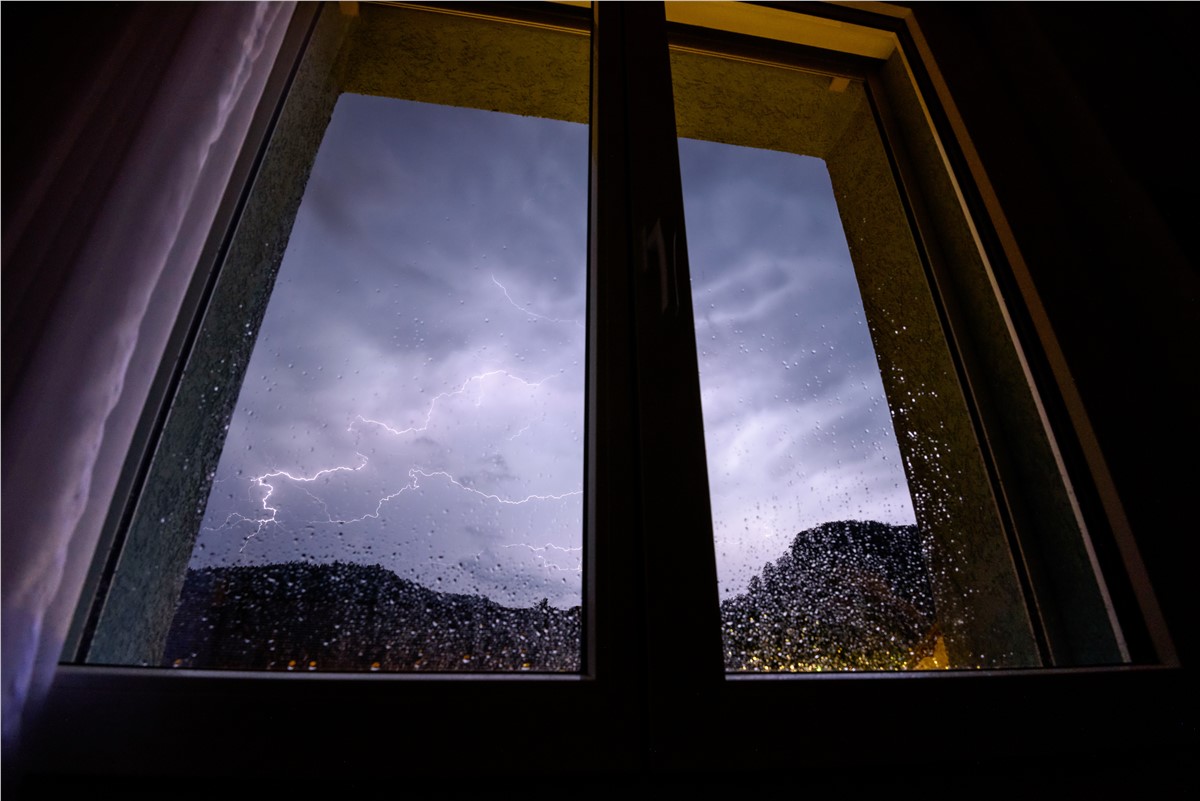See This Report on "DIY Installation Tips for Energy Efficient Windows"

Energy effective windows are a great assets for any home owner. They may help reduce your power expenses, reduce your carbon impact, and improve the convenience of your property. Having said that, selecting the ideal power dependable home windows for your temperature may be a daunting job. In this article, we are going to explore some variables to take into consideration when deciding on the absolute best energy effective home windows for your home.
1. Climate Zone
The initial factor to look at when opting for energy efficient home windows is your temperature zone. The United States is broken down right into four temperature zones: hot-dry, hot-humid, cold and mixed-humid. Each region has actually different demands for electricity efficiency.
In hot-dry environments like Arizona and Nevada, windows with low solar energy heat gain coefficient (SHGC) rankings are ideal as they lessen warmth gain from the sun. Hot-humid regions such as Florida and Texas call for windows along with reduced U-factor ratings to minimize warm reduction in winter season months.
For cold locations like Alaska and Minnesota, higher U-factor ratings are required to preserve warmth during wintertime months while still enabling direct sunlight in via the window.
Last but not least, mixed-humid environments such as Tennessee and North Carolina need both reduced SHGC and low U-factor rated home windows due to their varied in season climate designs.
2. Window Style
The next variable to take into consideration is home window type. There are actually door installation Kissimmee Window Replacement of home windows on call that deliver various amounts of electricity productivity such as double-pane or triple-pane windows with shielding gas fillings like argon or krypton between them.
Sash or awning type windows offer better air-tightness than gliding or single-hung types which can leak sky around the sash. Additionally, double hung tilt-in sashes allow for simpler cleaning although likewise supplying an air-tight tape when shut.
3. Structure Materials
Home window structures also participate in a notable role in overall electricity efficiency performance. Structures helped make of vinyl fabric or fibreglass have ended up being increasingly well-known due to their resistance to temperature modifications which can easily create contorting.
Timber frames have a classic appeal but call for additional servicing and are susceptible to decaying or twisting over opportunity. Light weight aluminum frames are tough and sturdy but can easily easily perform heat energy or cool, helping make them less electricity reliable than various other materials.
4. Energy Star Ratings
Energy Star is a government-backed system that measure the energy effectiveness of numerous home devices featuring home windows. Look for windows with an Energy Star label which shows that they satisfy meticulous electricity performance criteria set by the Environmental Protection Agency (EPA).
5. Installation

The final factor to think about when deciding on power effective home windows is proper installation. Also the best conducting windows may neglect if not put up appropriately, leading to sky leaks and minimized efficiency.
Hire an experienced service provider who has actually take in mounting energy-efficient windows in your area. Correct setup procedures include caulking and weatherstripping around the window frame to lower air leakage.
In final thought, picking the ideal power reliable windows for your temperature needs factor of several elements such as weather zone, home window kind, framework materials, Energy Star ratings, and suitable setup approaches. Through taking these factors right into account, you can create an informed selection that will definitely aid minimize your home's carbon footprint while additionally conserving amount of money on your electrical costs for years to happen.
